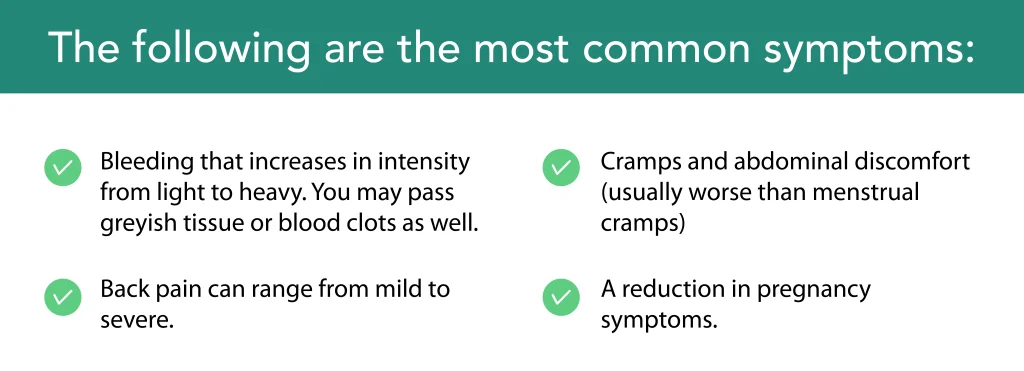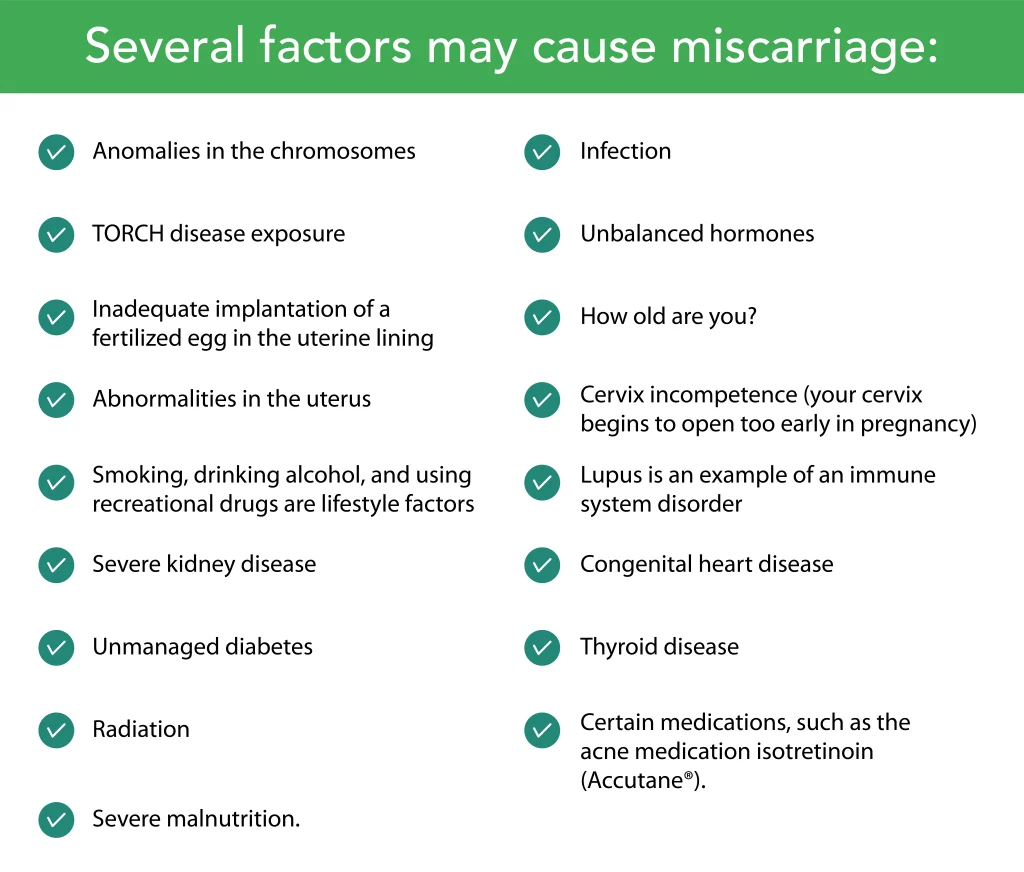The World Health Organization (WHO) defines Abortion as pregnancy termination before 20 weeks.
In general, “abortion” refers to the ending of a pregnancy, whether it happens naturally, like a miscarriage, or requires medical intervention, like prescription drugs or surgery.
Classification of Abortion:
Early Abortion before 12 weeks of pregnancy Late Abortion occurs between 12 and 20 weeks. Spontaneous pregnancy termination at 20 weeks gestation A self-induced abortion is performed by the pregnant woman or with the assistance of other non-medical personnel. Threatened Abortion, in which vaginal bleeding occurs before 20 weeks of pregnancy without cervical dilation.
In an “inevitable abortion,” the vaginal bleeding or membrane rupture occurs before 20 weeks of gestation, accompanied by cervix dilation. Incomplete cervical dilation and expulsion of some fetal products Complete closure of the cervix following the removal of all conceptional products In a missed abortion, you’ve lost the pregnancy but aren’t aware of it. Although there are no signs of miscarriage, an ultrasound confirms that the foetus has no heartbeat. Septicemia is a severe infection of the contents of the uterus that can happen during, right before, or right after an abortion.
What are the types of abortion procedures?
Women can terminate their pregnancies by taking pills or having surgery. The method of Abortion varies depending on the stage of pregnancy. The patient and the doctor make the decision to use the most appropriate and safe method. Before deciding on the best procedure, various factors, such as the fetus’s age, the mother’s health, and comfort, are considered before deciding on the best method.
Medical Abortion
In this type of Abortion, the patient is given oral medications to remove the foetus from the uterus. The procedure is painless and without the risks of surgery. You don’t need to stay in the hospital any longer. The procedure can begin at the doctor’s office or the patient’s home. Follow-up visits are required for both to confirm their success. This Abortion is performed on women who are less than ten weeks pregnant. Mifepristone and misoprostol are the two medications used in medical Abortion. The most common method is to give both drugs to the pregnant woman orally. In most cases, a pregnant woman must be in the doctor’s office to receive the first medicine. Sometimes the patient is allowed to begin the medication at home.

How Do You Get Ready For A Medical Abortion?
There are also preparatory steps for medical Abortion, even though no surgery is required. It is preferable to consult a doctor before proceeding with the Abortion. The doctor and the patient benefit from the visit because both can prepare for the procedure.
Surgical Abortion
When the pregnancy is more than ten weeks old, this method is used. There are several surgical procedures available to remove the foetus from the uterus. The age of the pregnancy determines the option. The following are the most common surgical abortion methods:
Vacuum Aspiration
Surgical Abortion is typically performed using vacuum aspiration, a gentle suctioning technique. The health care provider dilates the cervix (the opening of the uterus) and inserts a small suction tube inside the uterus during the procedure. Suction removes the foetus and other pregnancy-related materials (pregnancy tissue).
Evacuation and dilation
The doctors may use dilation and evacuation techniques if the patient has been pregnant for more than 16 weeks. A modified procedure using more potent suction and additional surgical tools removes the pregnancy tissue.
Induction Abortion
A technique to end a pregnancy in the second trimester is induction abortion. Medicines are used to induce labour. The drug-induced contractions cause the foetus to be evacuated.
The following are the most common symptoms:

Several factors may cause miscarriage:


This is GREAT content love the idea of representing